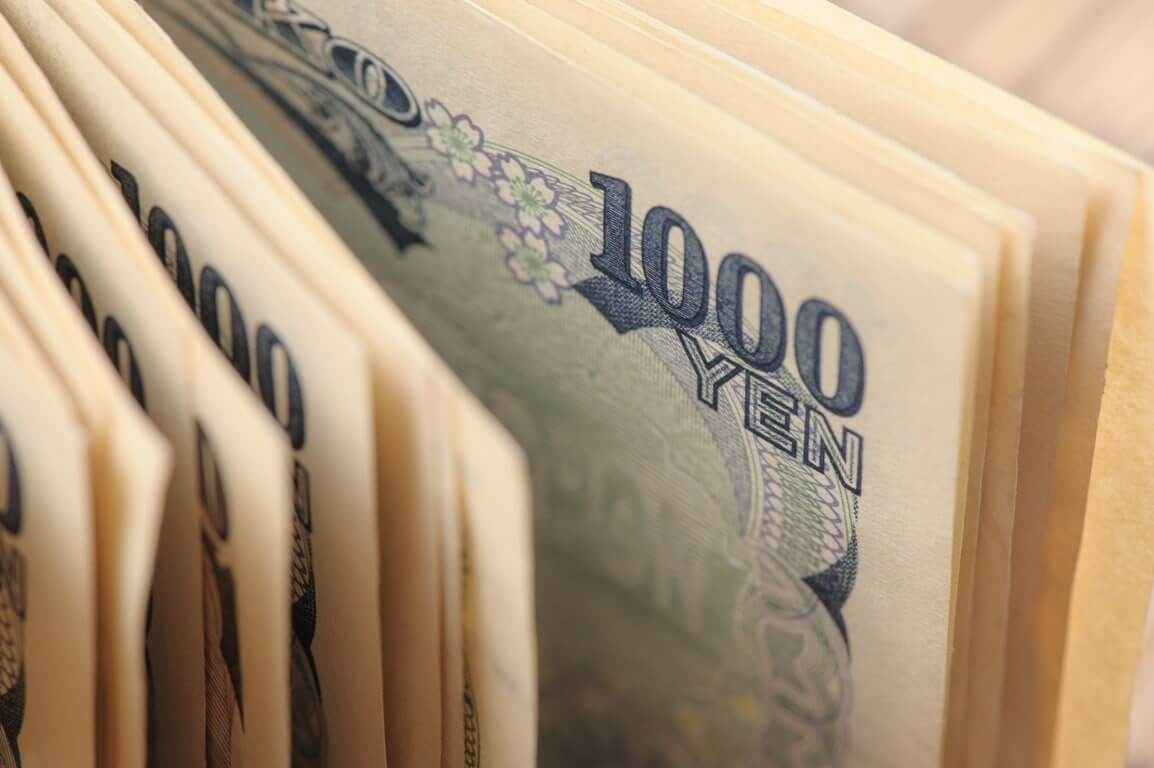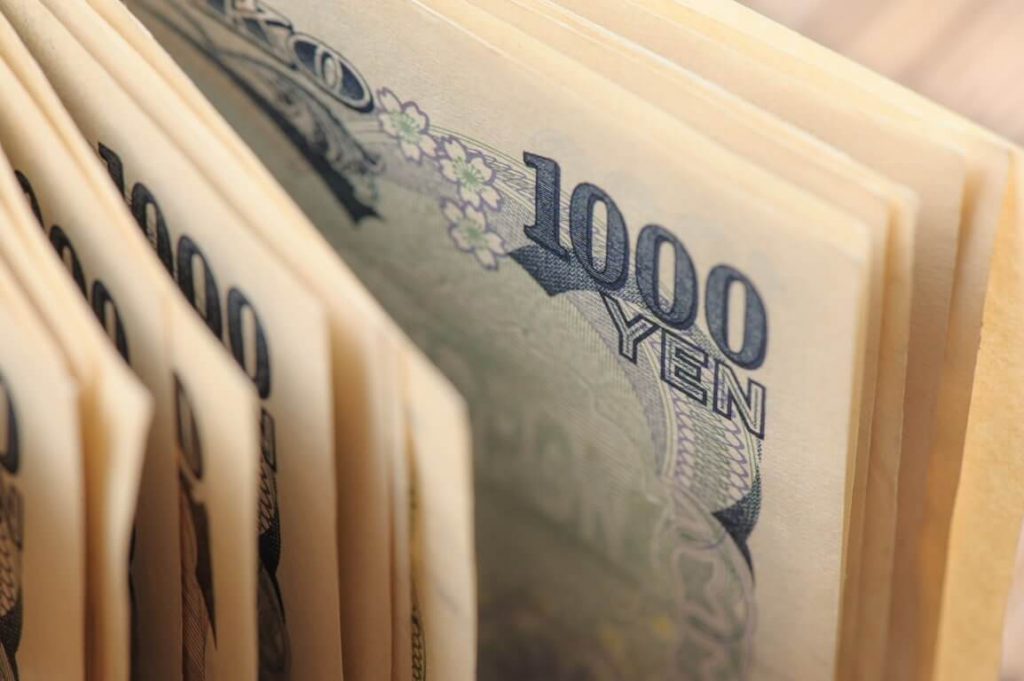
Japanese Yen dropped Wednesday. What about the U.S. dollar?
The U.S. dollar traded in the narrow range on Wednesday, remaining mostly unchanged. However, it managed to soar by 0.32% versus the Japanese yen, adding to a 0.16% gain from the previous session. On the other hand, the euro exchanged hands flat against the greenback at $1.048 today. The common currency shaved off 0.2% on Tuesday. The Chinese yuan continued rallying as the government started loosening its strict Covid-19 rules.
Several major U.S. banks warned investors of an impending economic recession today. Goldman Sachs, JPMorgan Chase & Co, and Bank of America announced that they are preparing for a worsening economy in 2023. High-interest rates and soaring inflation weaken consumer demand considerably.
Traders are contemplating the U.S. dollar’s trajectory in the short term. The currency rallied most of 2022. However, it has plummeted in recent weeks as investors thought the Federal Reserve would hinder its interest-rate increases soon.
Some market participants noted that the recent USD plunge had gone too far. Typically, fears about the global economy and the possibility of further Federal Reserve rate hikes strengthen the safe-haven greenback.
Joseph Capurso, the head of international and sustainable economics at the Commonwealth Bank of Australia, noted that economists forecasted a recession in the United States, the eurozone, the United Kingdom, and Japan. Considering such sentiment, the U.S. dollar will likely surge forward again due to its risk-off status.
How is the U.S. dollar trading now?
The U.S. dollar index edged up by less than 0.1% against a basket of six major currencies, trading at 105.55 on Wednesday. Meanwhile, the Sterling jumped by 0.13% to $1.215 versus the greenback.
Furthermore, the Australian dollar remained mostly flat at $0.6689 after the previous session’s rally. According to the new data, Australia’s economy slowed slightly in the last quarter. Given that the country’s central bank hinted at more rate increases ahead to hinder inflation, this news pushed the Aussie lower. On the other hand, the New Zealand dollar soared by 0.33% to $0.6339.
On Wednesday, the Chinese yuan traded in the green as the authorities announced new, much softer Covid-19 measures. The country is moving from its three-year-old zero-COVID policy that has weighed on its economy.
China’s national health authority stated that people with asymptomatic coronavirus cases and those with mild symptoms can now quarantine at home and self-treat. The government is trying to prepare its people to live with the virus. But analysts think that the path to fully reopening the economy will be long and risky. Still, the onshore yuan jumped by 0.26% at 6.977 per USD, thanks to Beijing’s decision.
Christopher Wong, a currency strategist at OCBC, noted that these follow-up measures would reinforce the fact that the Chinese government is taking slow steps in the direction of reopening. Despite that, some investors are concerned due to new data showing that China’s imports and exports shrank at their fastest pace in at least 2-1/2 years during the last month.
Rob Subbaraman, the Asia head of global markets research at Nomura, thinks that the fall in exports overshadowed Covid-19 measures. He also added that China’s economic data would likely get worse before getting better.
What about the EM currencies?
The Philippine peso soared on Wednesday, gaining the most in the region. At the same time, most equities in EM Asian markets ended in the red. Shares in Jakarta tumbled down by 1%, while stocks in Taipei and South Korea’s benchmark index shaved off 0.7% and 0.3%, respectively.
Moreover, the Philippine benchmark index dropped by 1.2%, even though the peso gained 0.7%. Investors expect the central banks to hike interest rates in the Philippines and Thailand due to elevated inflation readings.
The Philippine central bank has already increased rates six times in 2022. But it might add another hike by a half-percentage point at the December 15 meeting. Annual inflation in the archipelago also jumped by 8.0% last month from a year earlier. Meanwhile, year-to-date inflation remained at 5.6%, much higher than the central bank’s 2%-4% target for the year.
India’s rupee surged forward by 0.2%. But equities in Mumbai tumbled by 0.4% after the country’s central bank increased interest rates by 35 bps. The baht also edged up by 0.1%, while shares in Bangkok declined by 0.2%. On the other hand, Malaysia’s ringgit and Singapore’s dollar plummeted by 0.4% and 0.1%, respectively.


